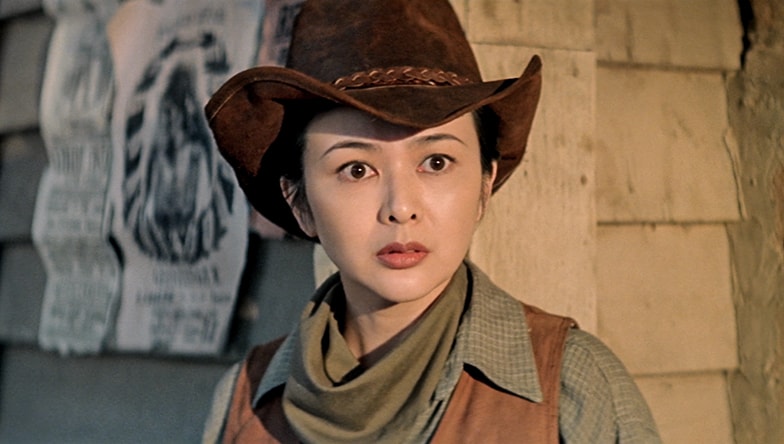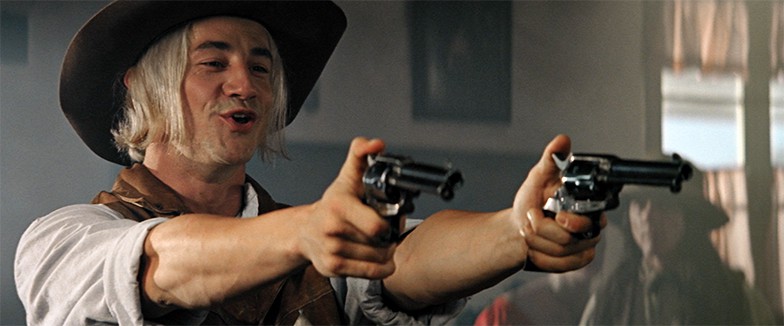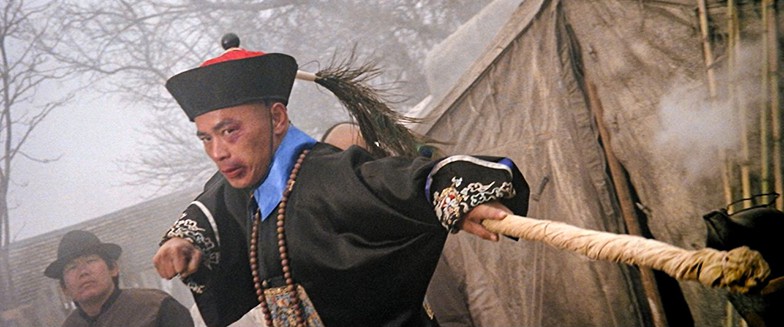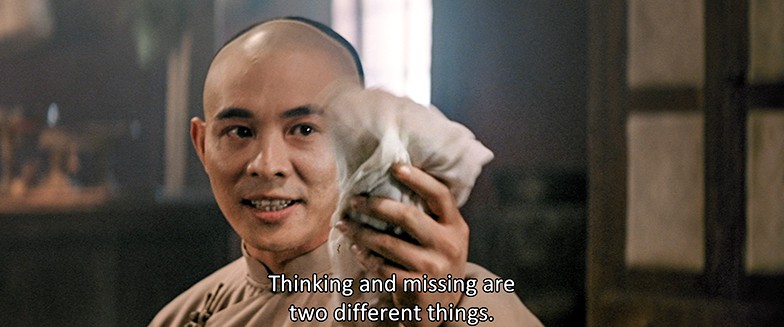36 Styles Phone Cases Now Available!
This August, 36 Styles will have existed for 11 years. In those 11 years, our primary focus has been on apparel, from t-shirts to hoodies. It is our pleasure to announce a new product line …
This August, 36 Styles will have existed for 11 years. In those 11 years, our primary focus has been on apparel, from t-shirts to hoodies. It is our pleasure to announce a new product line …
36 Styles consist of designs either I’ve created using Photoshop along with other graphic tools, as well as designs that were hand-drawn by Kung Fu Bob O’Brien. After seeing some …
Collecting big box and clamshell VHS has always been one of my favorite things to collect (and I collect a lot of different things). As a DJ that travels the globe, it’s always mandatory that I take a day or two in between gigs to find the local shops where I can dig for records, VHS, vintage toys, posters and other cool stuff.
When 36 Styles revealed one of their latest designs would be bringing the kung fu classic, The Challenger, to the masses, it brought to my attention that – oddly enough, I had not seen this film.

Three years prior to the “East meets West” hijinks of the Jackie Chan and Owen Wilson action comedy, Shanghai Noon, there was another film where a martial artist made his way to the wild, wild west. It was the ‘last film’ in a massively successful franchise and the talent in front and behind the camera is astounding – and it has essentially been an overlooked gem since it’s release. Maybe it’s not a fully overlooked release for readers of this site, but for more casual fans it’s certainly a forgotten diamond. Naturally, I’m talking about the oft misaligned Once Upon a Time in China and America.
When it comes to this foundational martial arts franchise, Once Upon a Time in China and America is a bit of a black sheep entry. Enough so that even in the most recent Blu Ray release by Eureka in the UK, the restored version of the film is added as a bonus disc while the box set is sold as a “Trilogy.” It makes sense to some degree since this is not the fourth entry into the series, but actually the sixth film and one that even follows a TV series. Still, after the series lost its leading star Jet Li, replaced by a decent run from Vincent Zhao, one would assume his return to the role of folk hero Wong Fei Hung should be more notable than history has treated the film.



When 36 Styles revealed one of their latest designs would be bringing the kung fu classic, The Challenger, to the masses, it brought to my attention that – oddly enough, I had not seen this film.
For fans of the Kung Fu movie genre, there is little that is more satisfying than a weekend Kung Fu movie marathon binge (or equally gratifying, is having one movie a night, spaced out throughout the week).
No account yet?
Create an Account